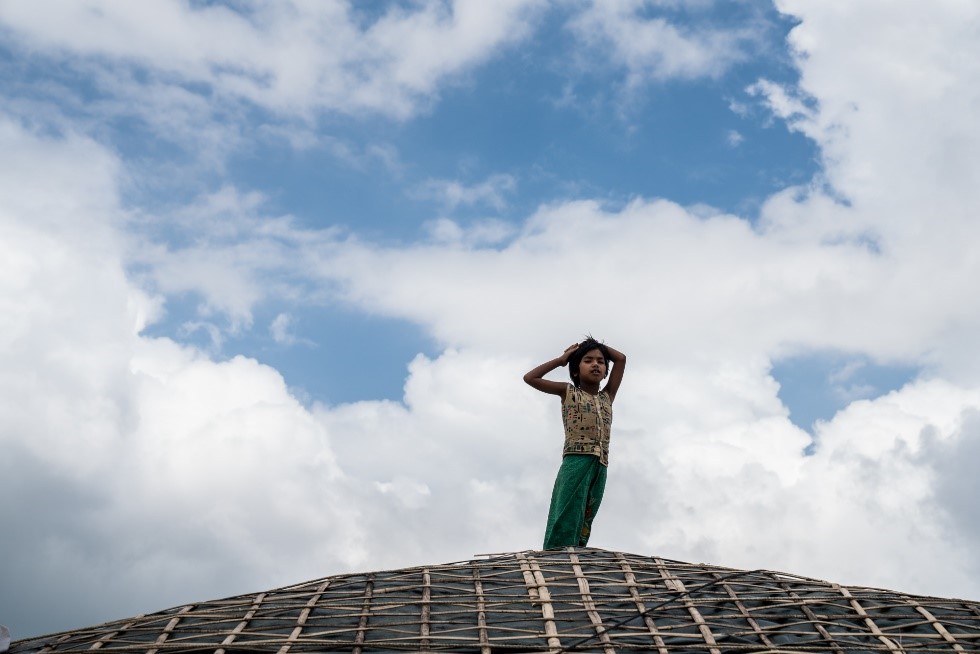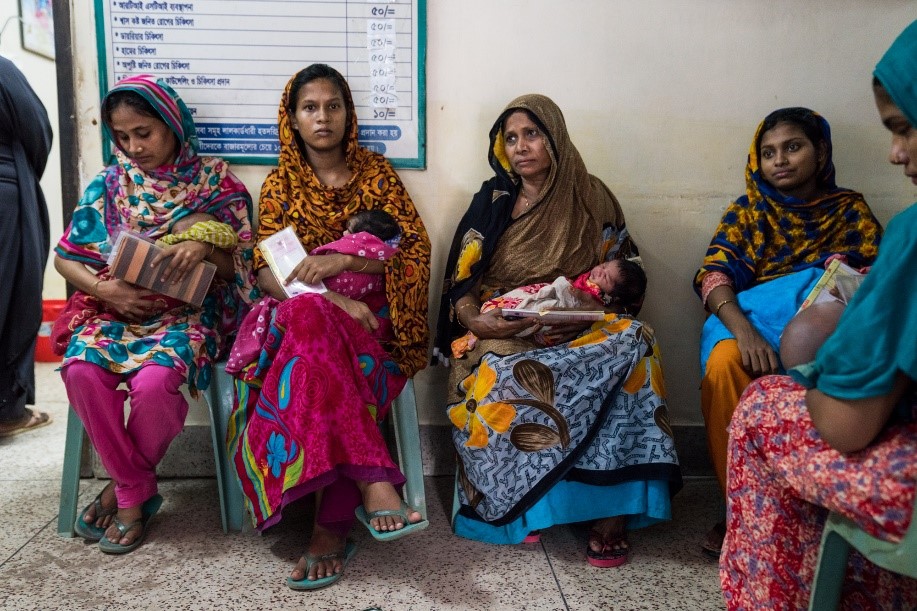
But it’s more than a convenient shorthand. It represents millions of real women and children living in some of the most fragile, difficult to reach areas of the world. Women and children who lack access to basic health services that many Americans take for granted, like vaccines.
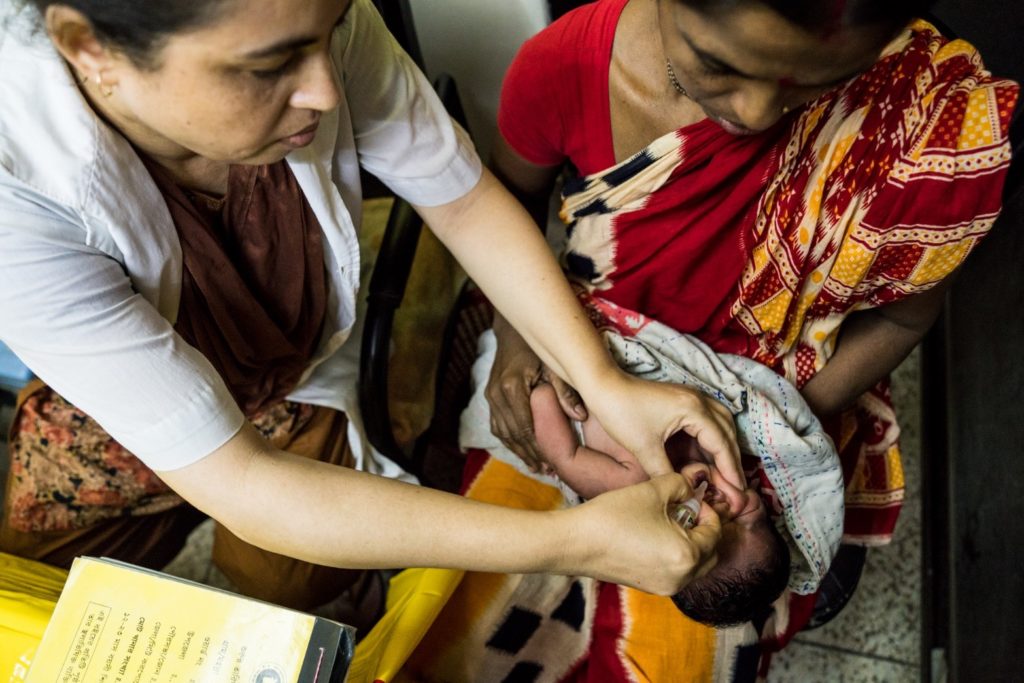
I recently returned from Bangladesh, where Shot@Life and the Nothing But Nets campaigns traveled with congressional staffers to learn more about global health investments from the U.S. Government (USG) and the United Nations (UN). We saw firsthand how these investments ensure children in Bangladesh are immunized against deadly and debilitating diseases, like measles, pneumonia, and polio.
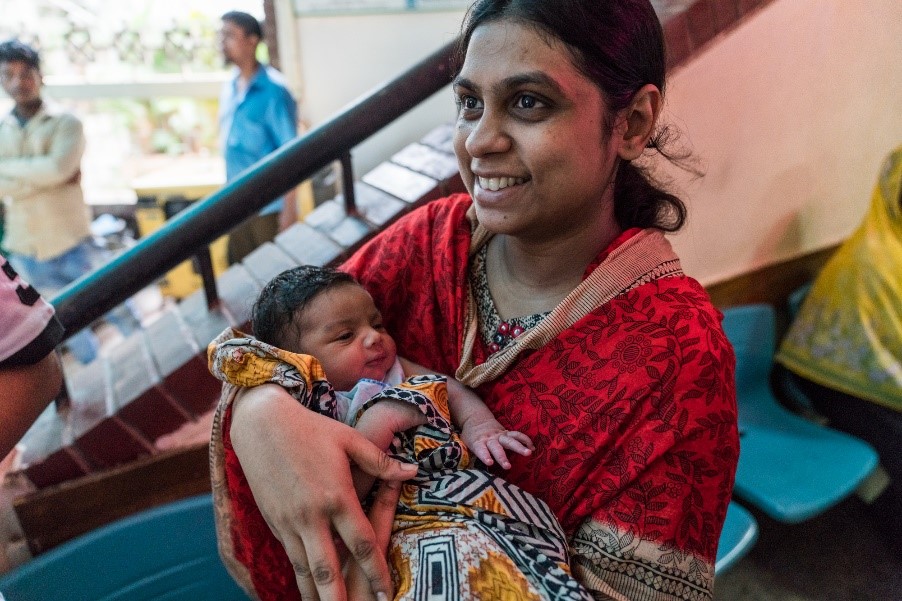
USG and UN support has been a critical catalyst over the past two decades to Bangladesh’s impressive strides in increasing immunization coverage. Currently, between 90-99% of children are reached by routine immunizations, compared to only 53% of children who were fully vaccinated in 2000. The country was one of the few to achieve both Millennium Development Goals (MDGs) related to reducing maternal and child mortality, with sharp reductions in measles deaths a leading contributor. In a country of 150 million people living in an area roughly the size of Iowa, these are impressive achievements.
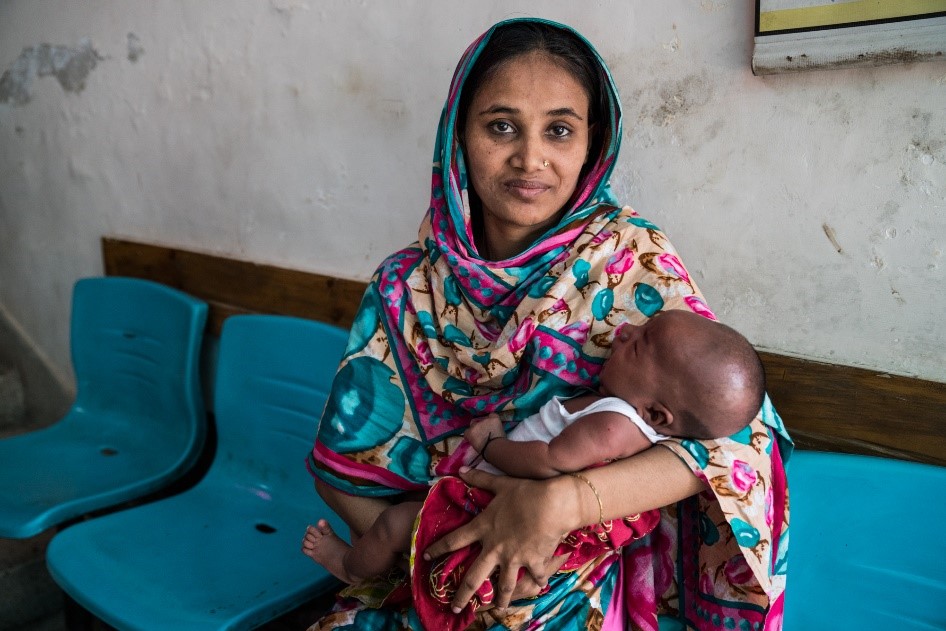
In Bangladesh, we learned how the U.S. Centers for Disease Control and Prevention (CDC) is training new generations of disease detectives in Bangladesh through the Field Epidemiology Training Program (FETP). Additionally, we explored ways the U.S. Agency for International Development (USAID) is strengthening local public health capacity to prevent, detect, and respond to viruses like influenza, that have the potential to become global pandemics.
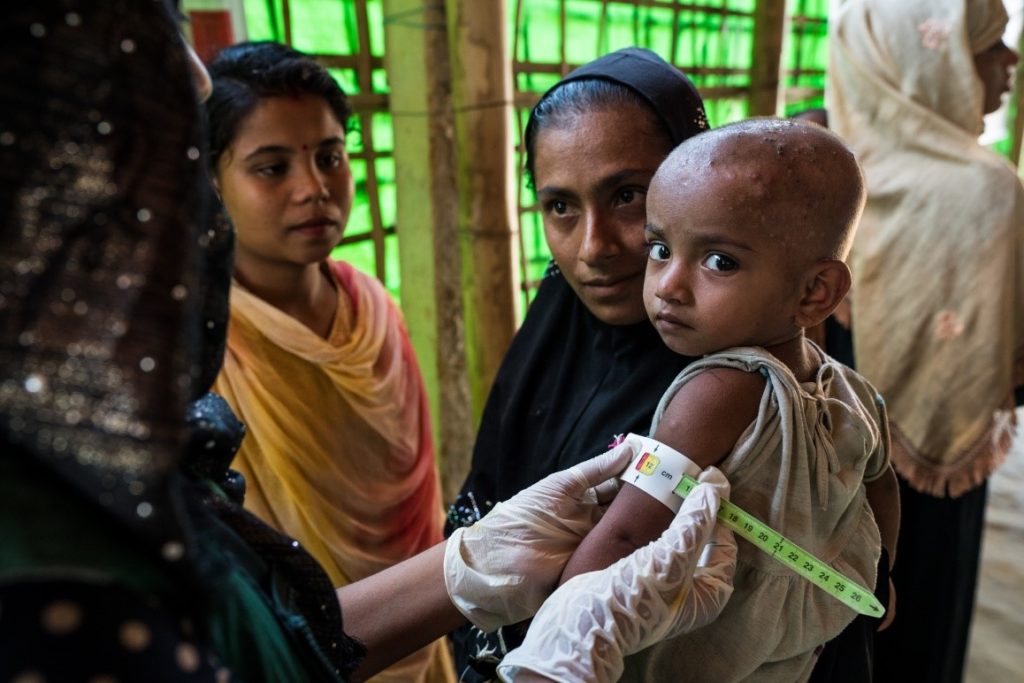
We also toured cutting-edge research facilities where Bangladeshi scientists are testing new ways to improve vaccines that protect against diseases that disproportionately affect the world’s poorest people, like polio, pneumonia, and diarrheal diseases caused by rotavirus. We talked to families whose infants were receiving their first round of polio shots – a critical part of keeping the South-East Asia Region certified polio-free since 2014.
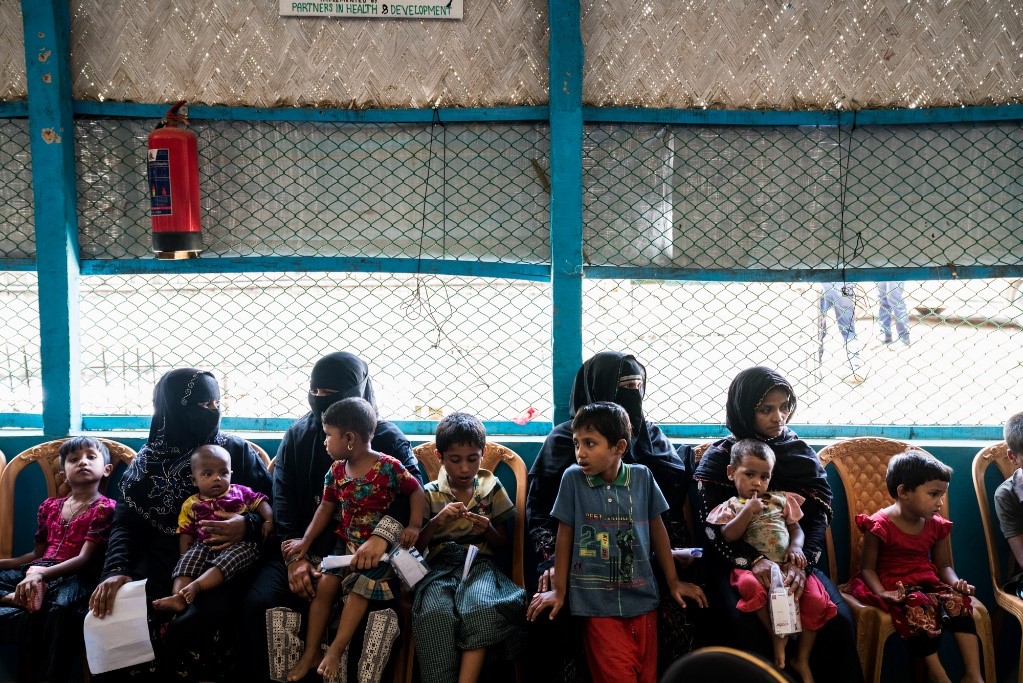
Hosted by UNICEF, our group also had a unique opportunity to learn about health delivery in a humanitarian crisis setting. Since August 2017, political violence across the border in Myanmar has forced over 720,000 Rohingya people to flee to refugee camps in Cox’s Bazar, found along the south-east coast of Bangladesh. Over half of these refugees are children. Many of them have been repeatedly missed by basic vaccinations in Myanmar, leading to outbreaks of diphtheria and measles in the camps, even as UNICEF, WHO, and NGOs work to vaccinate new children as they arrive.

At the Moinerghona camp, we visited a Health Post where UNICEF was providing essential maternal, neonatal, and primary health care to nearly 10,000 refugees in the area. Mothers waited patiently for their babies to receive tuberculosis and polio vaccines.
“When I came to this camp months ago, all four of my children and I received vaccinations. I am proud we are now protected against disease.” — Khaleda
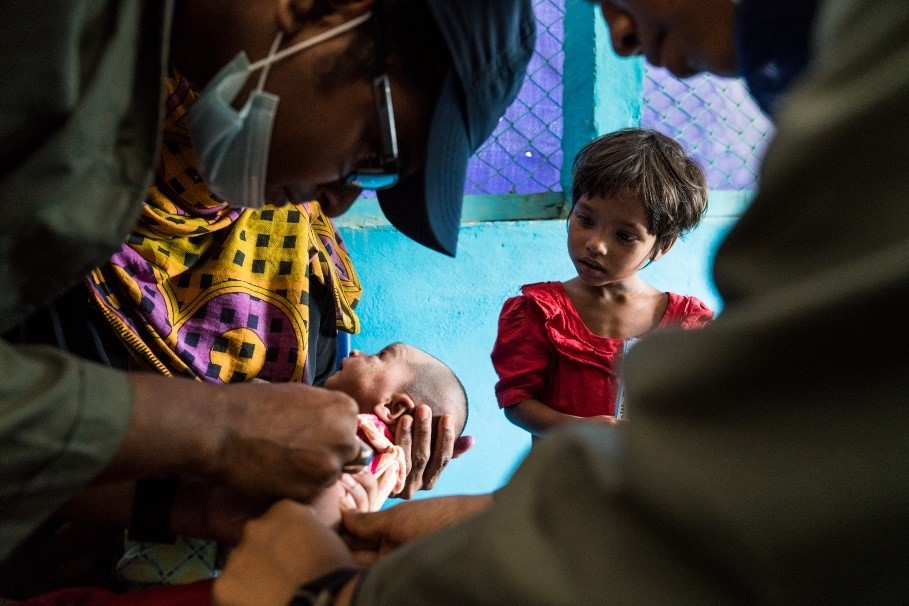
Our visit to the country was a stark reminder that USG and UN investments in MNCH and global immunization programs save kids’ lives every day. The Shot@Life campaign works to raise awareness in Congress and across the country, ensuring people like Khaleda and her family are given a face, a name, and a voice. We want to ensure no one is lost behind an acronym and that every child receives a shot at life.
